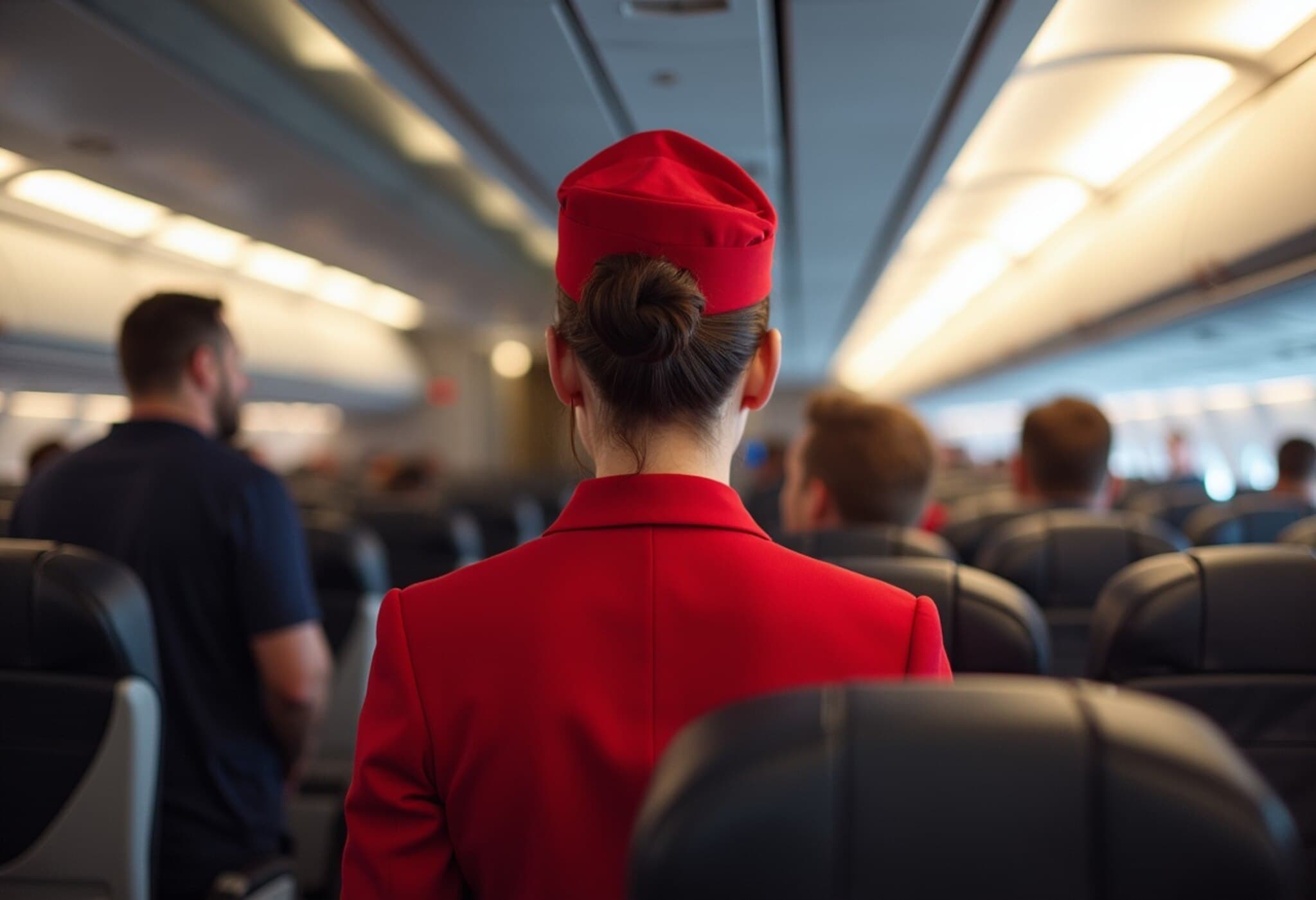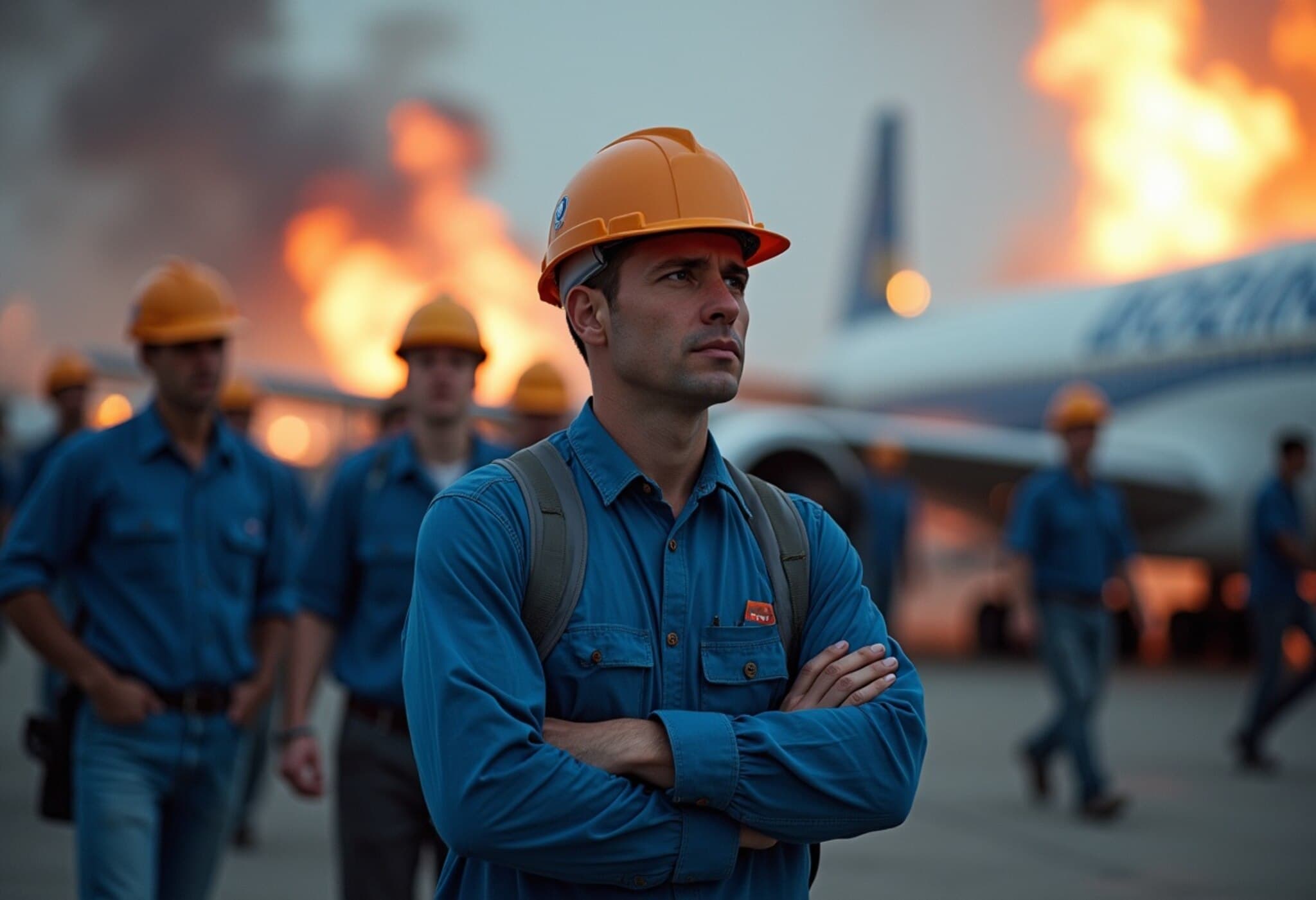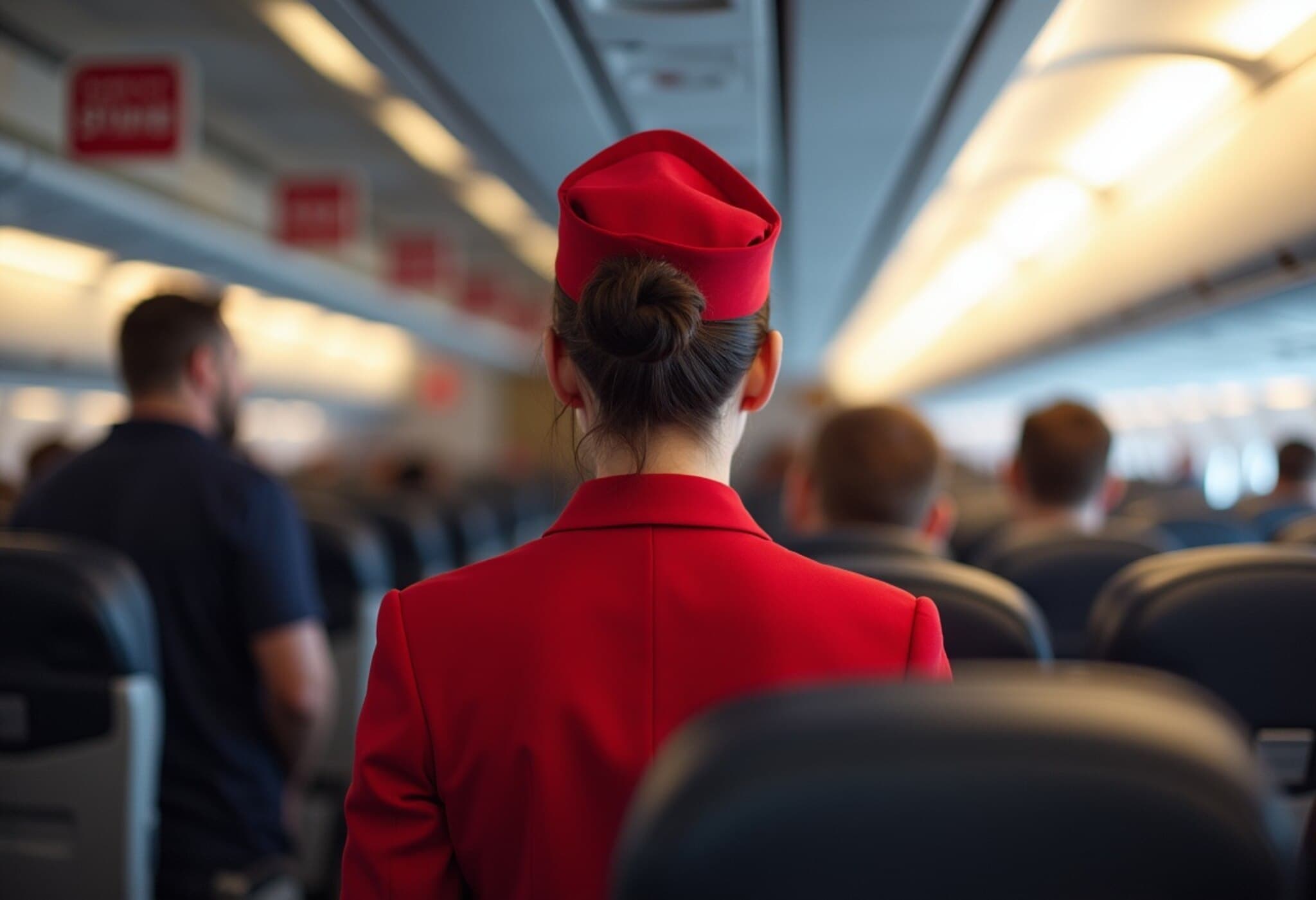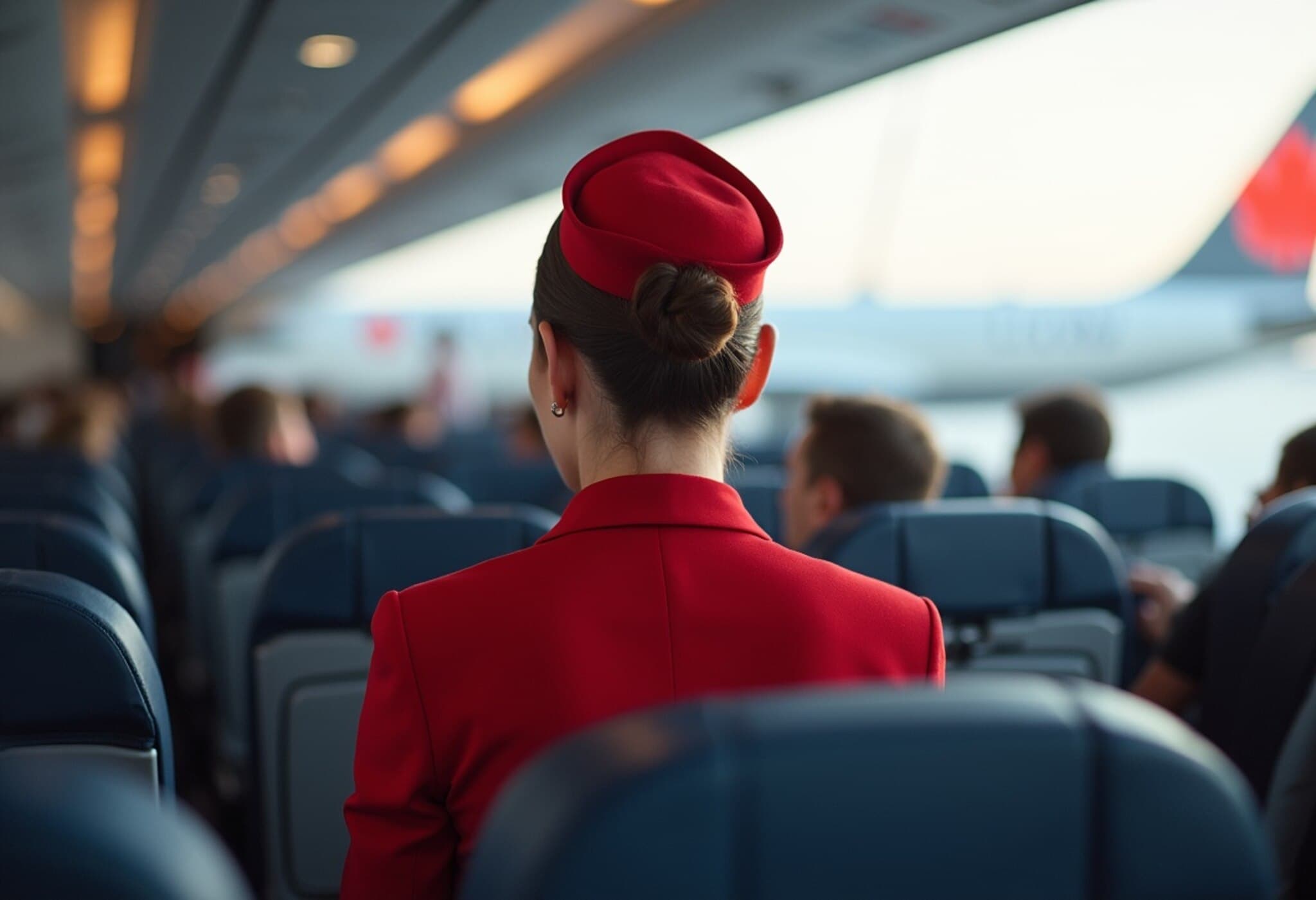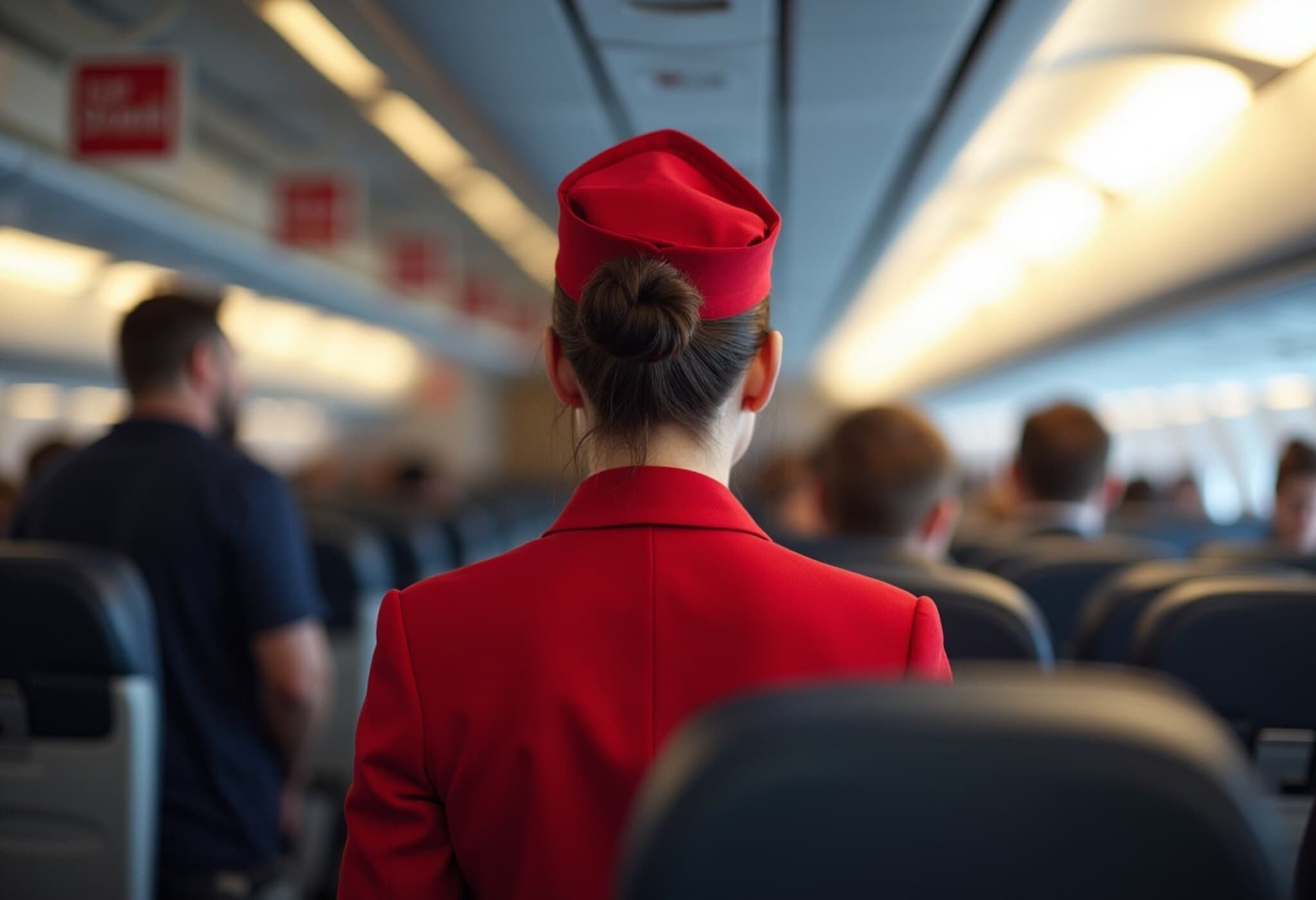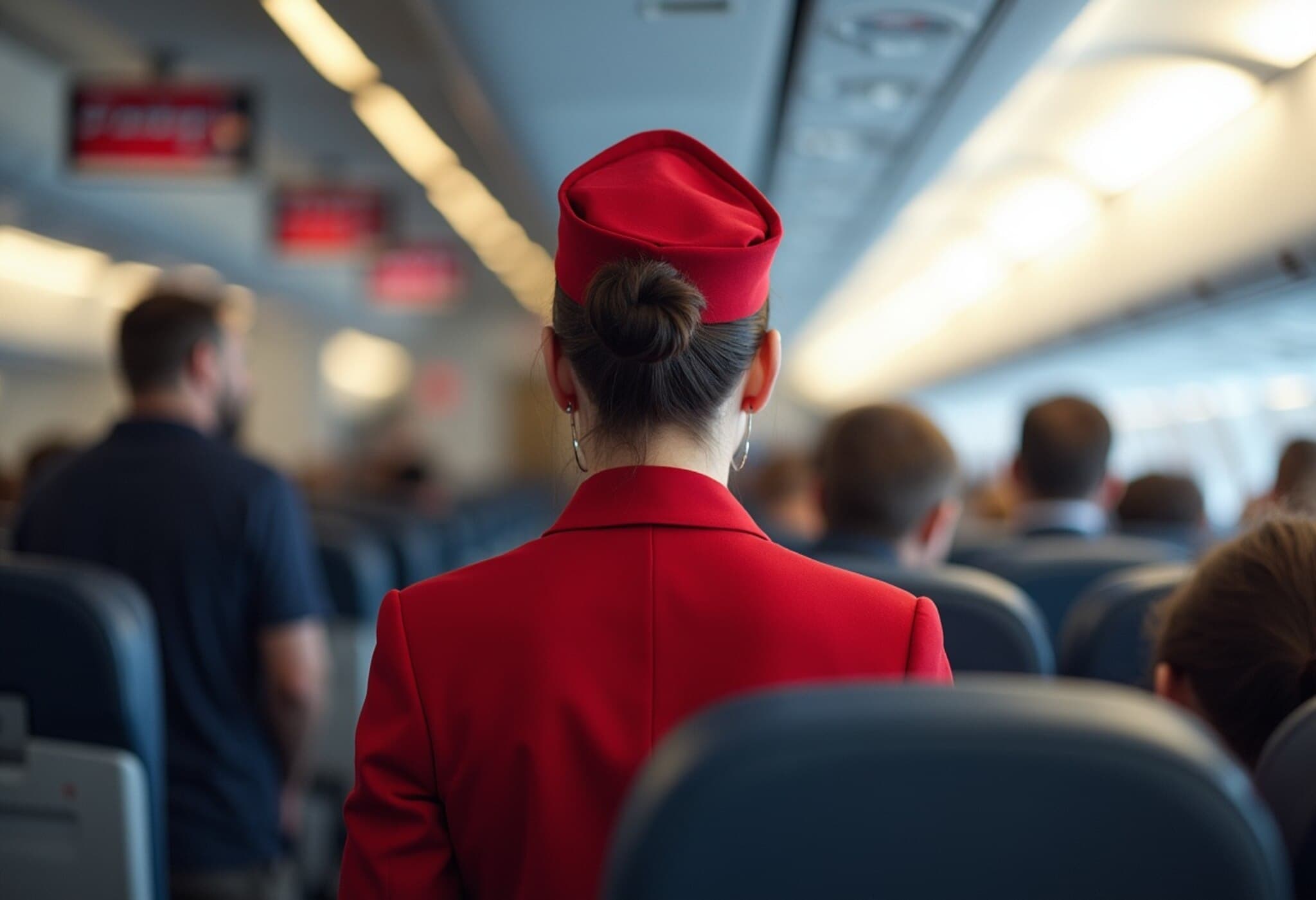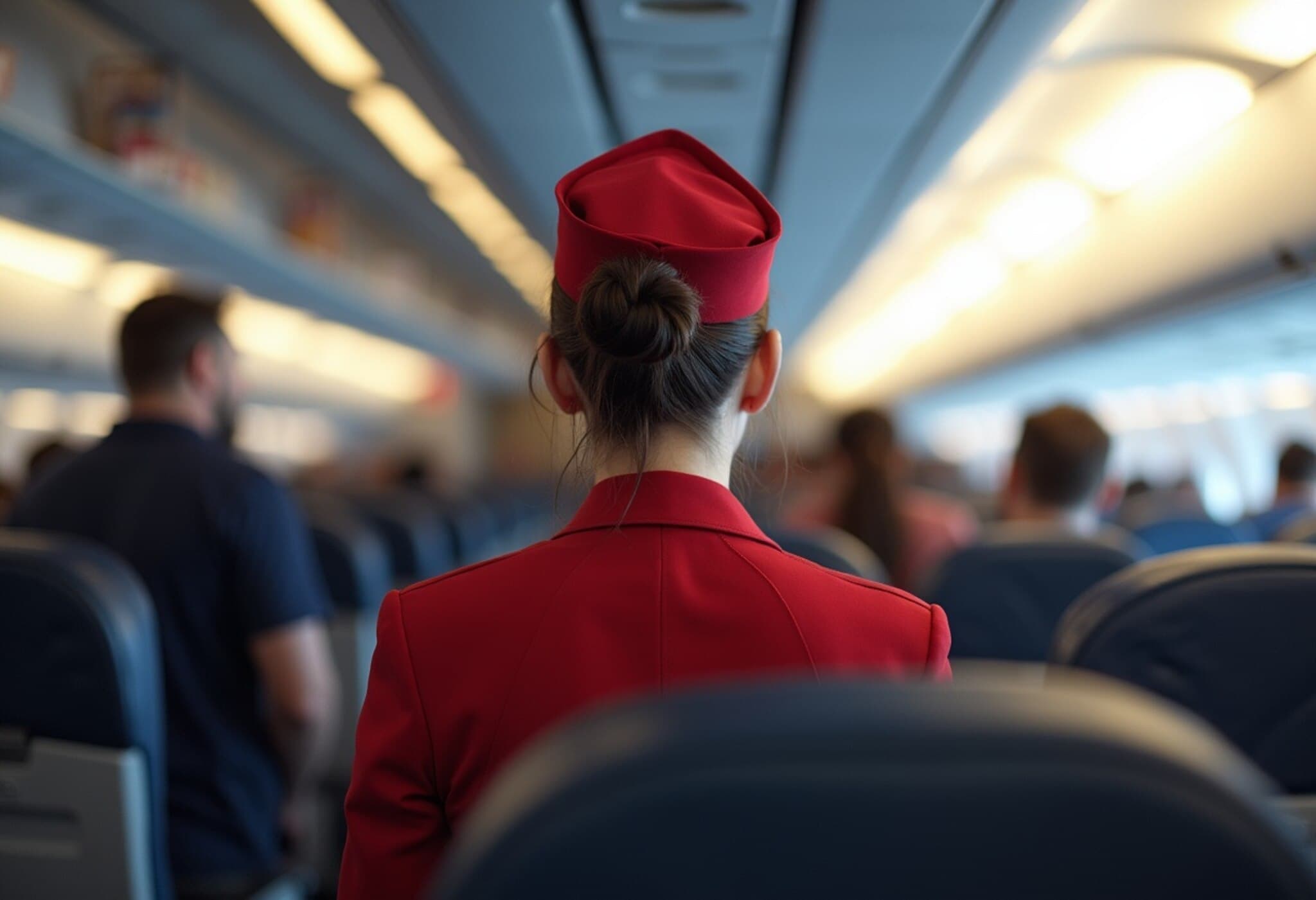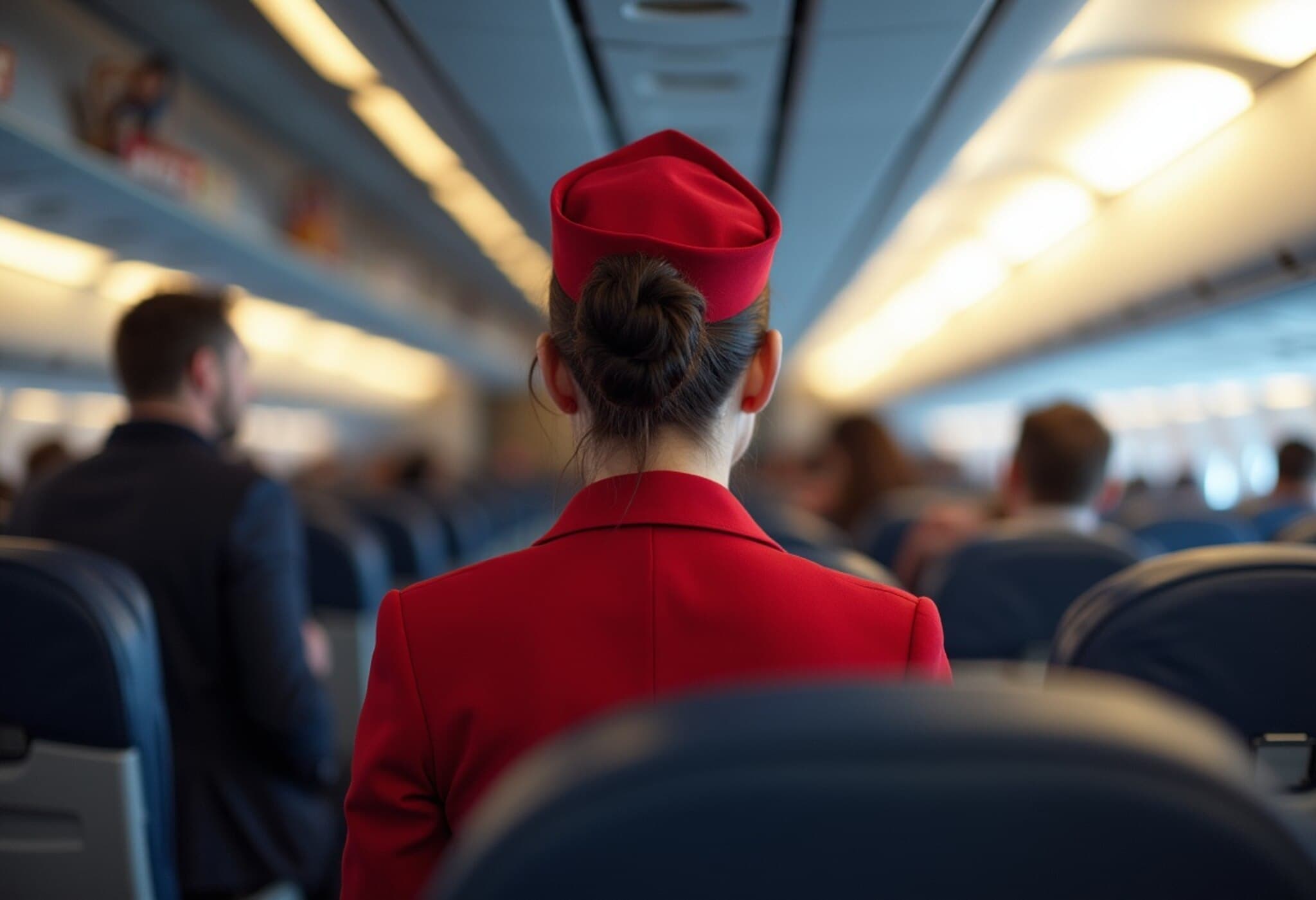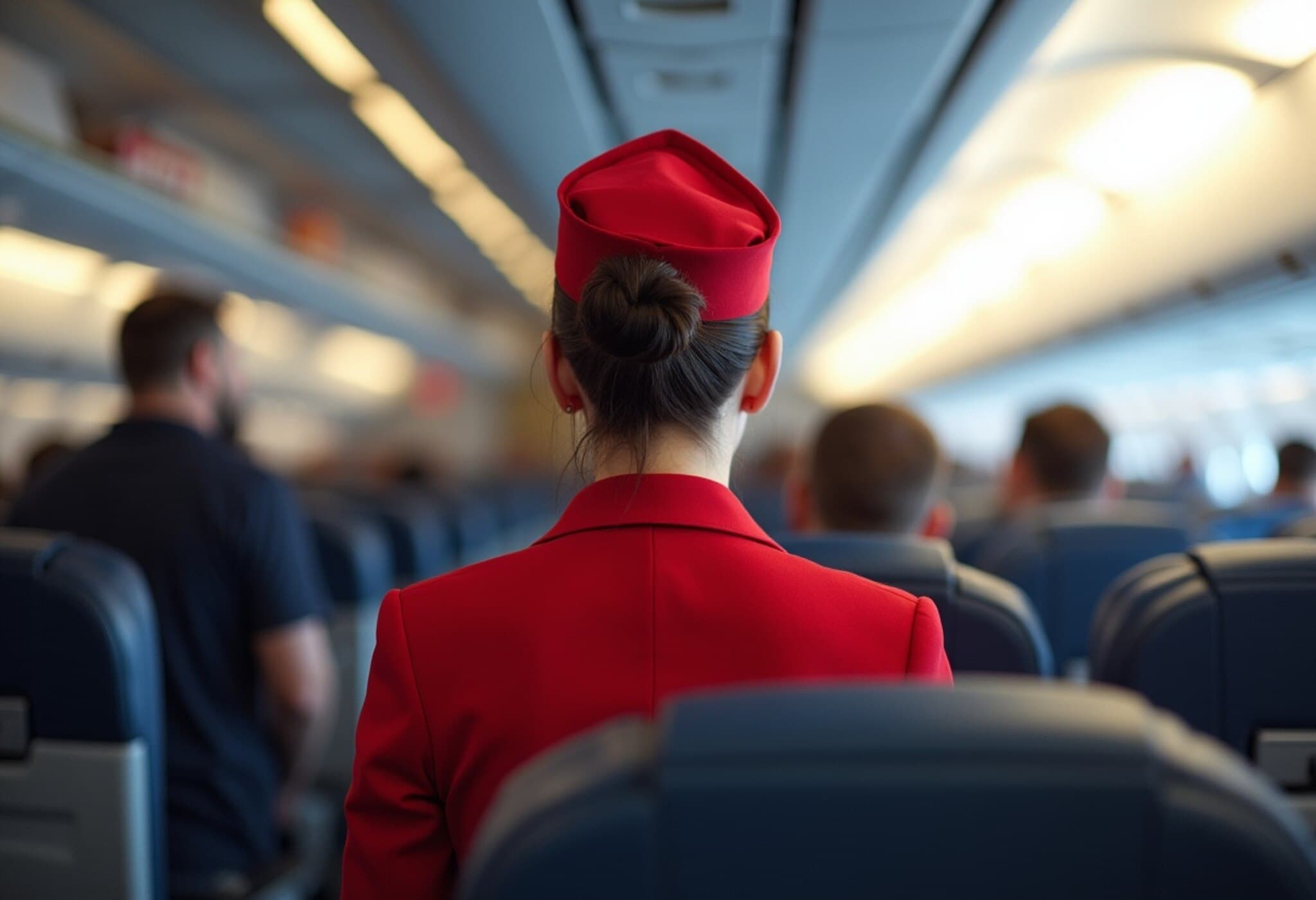Air Canada Flight Attendants Reject Contract Amid Lingering Labor Unrest
In a decisive show of dissatisfaction, nearly 10,000 flight attendants at Air Canada have overwhelmingly voted down a proposed contract agreement. This development follows a turbulent labor dispute that led to a five-day strike last month, disrupting travel for half a million passengers and spotlighting the fragile state of airline labor relations in Canada.
Voting Results Spotlight Deep Discontent
The Canadian Union of Public Employees (CUPE), representing the Air Canada flight attendants, revealed that an astonishing 99.1 percent of voting members rejected the contract proposal, with a robust turnout of 94.6 percent. This near-unanimous refusal signals a profound disconnect between the union’s expectations and the offers on the table, despite some historic gains included in the contract.
Context: The Walkout That Shook Canadian Skies
Last month’s walkout—the first major strike for Air Canada attendants in years—temporarily brought Canada’s largest airline to a standstill. With a nation spanning six time zones and limited alternative transportation options, the strike sent ripples through the travel industry and economy, underscoring the vital role flight attendants play beyond the confines of the cabin. The disruption left many Canadians stranded, highlighting the precarious balance between labor rights and essential services in critical infrastructure sectors.
New Contract Provisions Highlight Ongoing Negotiations
The rejected contract included landmark provisions, such as formal pay for pre-flight and post-flight duties (including boarding and safety checks), a point that union leaders heralded as a critical advance. Despite these gains, wages have remained a sticking point. Air Canada and the union agreed beforehand that if the contract were rejected, no new strike or lockout would be triggered immediately. Instead, negotiations will reopen on the wage component, facilitated by a federal mediator. Should talks falter, the dispute is slated for arbitration—a process that may prolong labor uncertainty but could ultimately bring a binding resolution.
Implications for Canadian Aviation and Labor Relations
This labor dispute exemplifies wider tensions across North America’s airline industry where workers, amid inflationary pressures and lofty corporate profits, are pressing for overdue wage increases and improved working conditions. Analysts suggest that the Air Canada flight attendants’ firm stance reflects broader workforce unrest and a refusal to accept incremental concessions that fail to keep pace with cost-of-living increases.
For Canadian travelers, the question remains: how long will these negotiations extend before stability returns to the skies? Additionally, this episode raises poignant questions about federal labor policies, the balance of powers in essential services, and the growing assertiveness of unions working within regulated industries.
What’s Next?
- Reopened negotiations will center on wage disputes, with a federal mediator stepping in to facilitate progress.
- If mediation fails, both parties will face arbitration, potentially delaying a final agreement but avoiding immediate resumption of strikes.
- Air Canada’s operational capacity remains cautiously optimistic, aiming to avoid the turmoil witnessed last month.
Editor’s Note
The overwhelming rejection of the Air Canada flight attendants’ proposed contract is a clarion call reflecting broader labor dynamics in Canada’s aviation sector—where workers seek recognition not only through pay but respect for their multifaceted roles. This dispute transcends a typical labor disagreement; it offers a window into the complex interplay between essential service provision, government intervention, and workers’ rights in an economy still wrestling with post-pandemic recovery and tightening labor markets.
As this situation unfolds, industry observers and policymakers alike should watch closely: the outcomes here could set precedents for how critical infrastructure labor disputes are navigated in the future, shaping the travel experience for millions and the livelihood of thousands.

